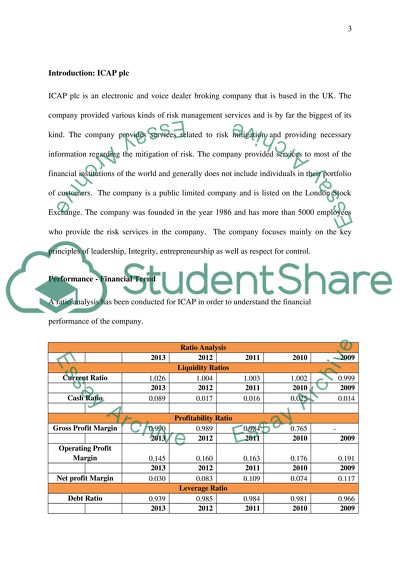Cite this document
(“International operation and risk management of ICAP plc Essay”, n.d.)
International operation and risk management of ICAP plc Essay. Retrieved from https://studentshare.org/finance-accounting/1497050-international-operation-and-risk-management-of
International operation and risk management of ICAP plc Essay. Retrieved from https://studentshare.org/finance-accounting/1497050-international-operation-and-risk-management-of
(International Operation and Risk Management of ICAP Plc Essay)
International Operation and Risk Management of ICAP Plc Essay. https://studentshare.org/finance-accounting/1497050-international-operation-and-risk-management-of.
International Operation and Risk Management of ICAP Plc Essay. https://studentshare.org/finance-accounting/1497050-international-operation-and-risk-management-of.
“International Operation and Risk Management of ICAP Plc Essay”, n.d. https://studentshare.org/finance-accounting/1497050-international-operation-and-risk-management-of.


